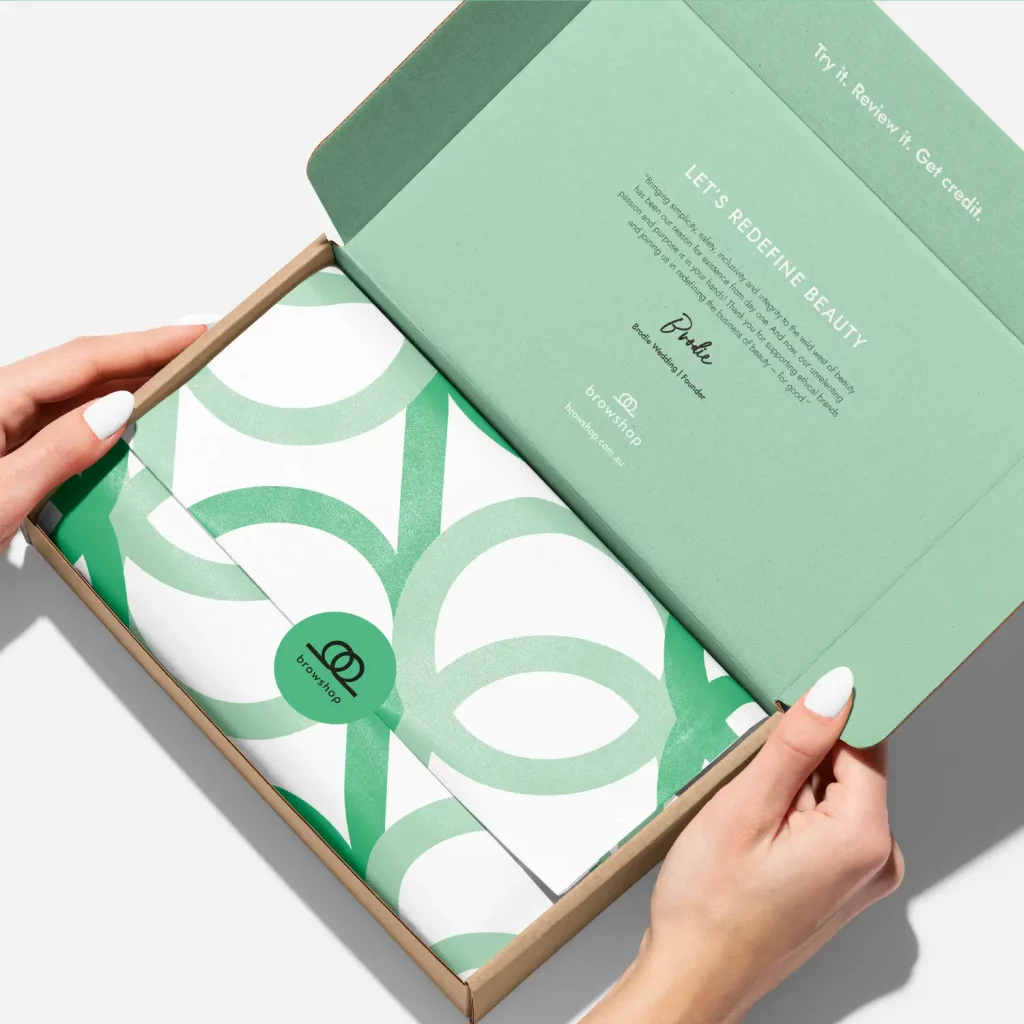How to Build a Memorable Brand Identity from Scratch
Your brand identity is not just about having a logo–it‘s about your personality, voice, and appearance that sets it apart from all other businesses. A good brand identity design is what helps establish trust, builds recognition, and creates loyalty by connecting you effectively with your target audience.
What is Brand Identity?

Your brand identity is how your business presents itself to the world. It includes:
Logo design – The symbol that represents your brand.
Typography design – The fonts that reflect your brand personality.
Colour palette – A set of brand colours that create recognition.
Visual communication – Graphics, icons, and imagery that tell your story.
Brand voice and messaging – The tone and language used in marketing materials.
Step 1: Define Your Brand's Core Values and Personality
Before designing anything, start with the foundation—your branding strategy. Ask yourself:
- What does your brand stand for?
- Who is your target audience?
- What emotions do you want your brand to evoke?
A well-defined branding strategy makes sure that everything from business cards and advertisements down to social media and websites speaks the same language and builds long-term brand awareness.
Step 2: Design a Unique Logo
A logo design forms the face of a brand. It should be uncluttered, memorable, and a reflection of your brand‘s values. Consider:
- Unique shapes or symbols
- Choosing a colour scheme that goes with your brand personality
This will ensure scalability so it looks great on everything from business cards to billboards.
Internal linking suggestion: Link logo design to your design services page.
Step 3: Select Appropriate Typography and Colours
Web Graphic Design – A Digital First Impression
Typography Design
Fonts evoke emotion. A modern, sleek font leaves a different impression than a traditional serif typeface. Your typography design should:
Be easily readable.
Match the tone of your brand–professional, playful, elegant, etc.
Be consistent across platforms.
Colour Psychology in Branding
Colors can greatly influence perception. A good palette selection makes a brand both better known and remembered. Basic connotations for various colours are:
Blue = Trust/reliability–used for banks, technology.
Red = Energy/passion-this color will do nicely for food/retail companies.
Green = Sustainable/growth-for environmental enterprise businesses.
Step 4: Creating the right way to visualize communications
Beyond a logo design, your brand should communicate with consistent visual communication. That should include:
- Web and web graphic design
- Social media template
- Business cards and stationery design.
- Advertisement and packaging design
Having an in-depth strategy to branding allows for assurance in the reinforcement of identity in each of the consumer’s touchpoints.
Step 5: Develop A Brand Voice and Messaging Strategy
Your brand‘s voice should be a reflection of its identity. Be it professional, friendly, or bold, the consistency will breed trust. A strong brand identity design would include:
- A pre-defined tone for all marketing materials.
- Taglines and messaging that show your values.
- A storytelling approach that engages your audience.